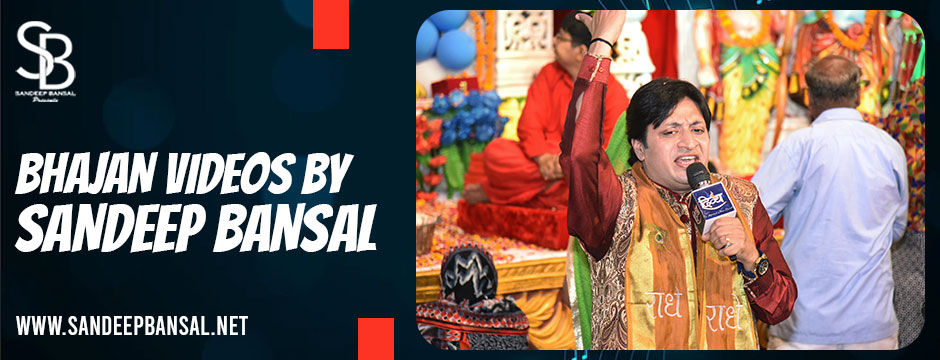Indian Classical Music: The Beauty Of Indian Culture
- sandeepbansalsinge
- Nov 4, 2022
- 3 min read
Throughout history, music has played a significant role in culture and society. According to research, there are 1300 different types of music around the globe. The divine is credited for creating music in India. Indian mythology is said to have been the source of music, according to folklore. The Gandharvas, the celestial singers, have always been in charge of music in their universe. The great sage Narada, regarded as the first heavenly instrumentalist, received this celestial art form from the Gandharvas while holding his Veena.
There are plenty of such instances that illustrate how music and Indian mythology are related. The Mridangam, one of the most important instruments in Indian music, is credited to Brahma. The Shankh that is said to have produced the sound of "Om" is held by Vishnu. Five of the historic ragas are attributed to Shiva, shown with the Damroo, while the sixth is attributed to Parvati, his bride. Listen to Bhajan Music by Sandeep Bansal online.
The Swara is said to have been created by Saraswati, the spouse of Brahma, who is depicted holding a veena. Always seen with a flute in hand and playing, it is the child Krishna of Vrindavana. All of these elements give Indian classical music a hallowed quality.
History of Music in India
Indian culture has always included music and dance. India is home to hundreds of languages, and music is ingrained in many facets of Indian culture. It is difficult to separate Indian music from the entirety of Indian culture and philosophy, according to the late Dutch scholar of Indian music Dr. Arnold Baker.
Indus Valley excavations in the Indus Valley site have uncovered numerous musical instruments, including the arched or bow-shaped harp and various types of drums. Ancient India was home to one of the most advanced urban civilizations in the world. The well-known bronze statue of a dancing girl makes music very evident.
As we enter the Vedic Age, it is important to note that the Vedas, the earliest Sanskrit-written documentation of Indian culture, include important details regarding Indian classical music. Music was played throughout those times for both social gatherings and religious events. The Nayasastra, credited to the sage Bharata Muni, is the earliest book on music and performing arts. It was written in 200 BCE.
The Indian people have undergone several stages of cultural transformation from the Mauryas to the Mughals and from the Portuguese to the British. The art of Indian music was combined with Persian and Arabic musical components with the arrival of Islam in North India.
Many kings supported the arts and music in ancient, medieval, and contemporary India. Amir Khusrau, Raja Mansingh Tomar of Gwalior, Rani Roopmathi of Mandu, Tansen, Tyagaraja, Maharaja Swathi Thirunal Rama Varma of Travancore, and Shadkala Govinda Marar are a few names that come to mind. Muslim musicians played in Hindu courts, and Hindu musicians played in Islamic courts. Indian music has evolved due to intricate interactions between individuals of many races and civilizations over the course of several thousand years.
Indian epics, miniature paintings, and historical reports of foreign visitors to India all provide evidence of musical genres. The seven musical notes used in Indian music are thought to have been inspired by bird and animal noises. As we are well aware, the "seven swaras," are Sa, Re, Ga, Ma, Pa, Dha, and Ni. Let’s watch the Bhajan Videos by Sandeep Bansal online only at his website. Visit now!










Comments